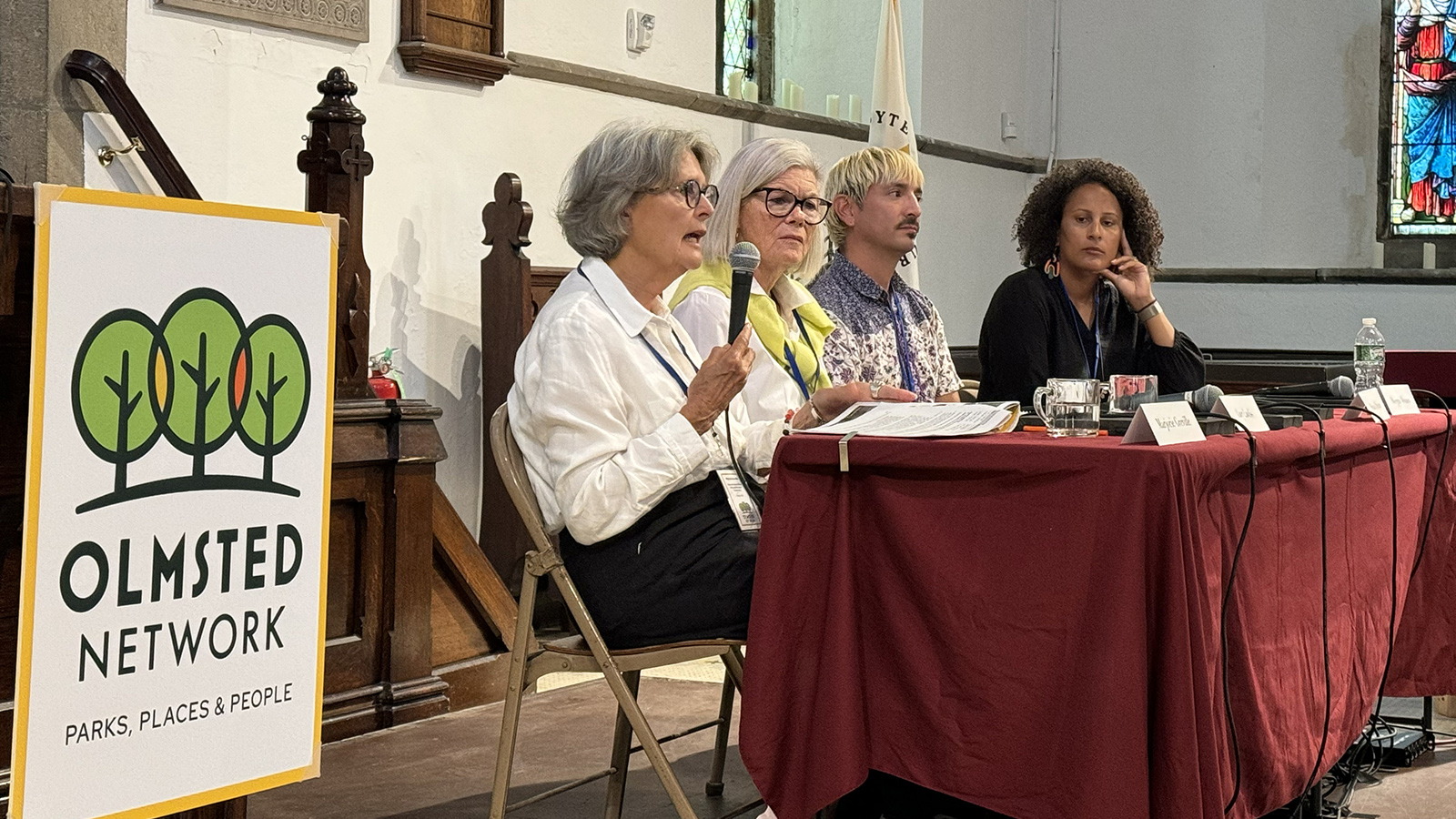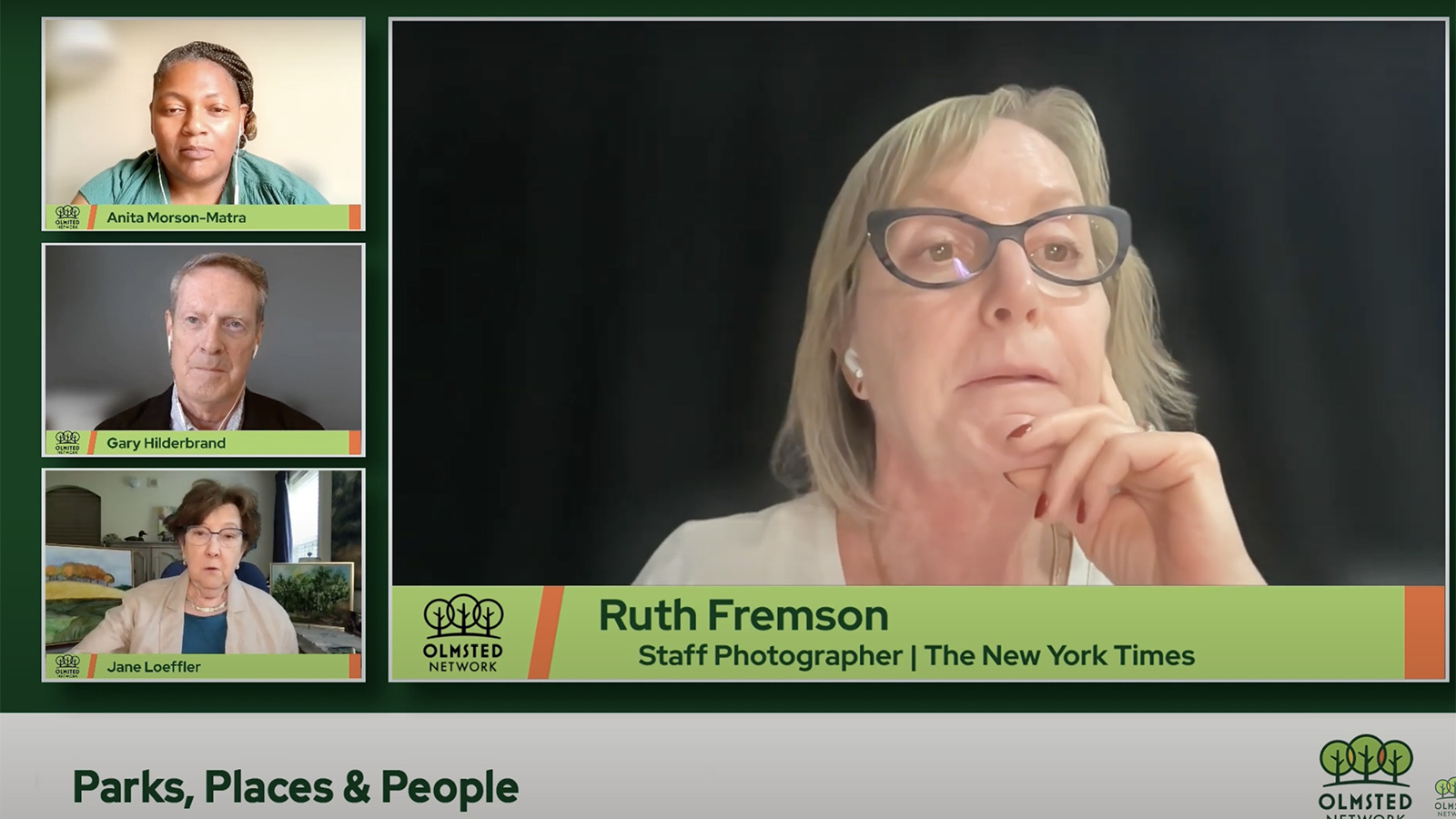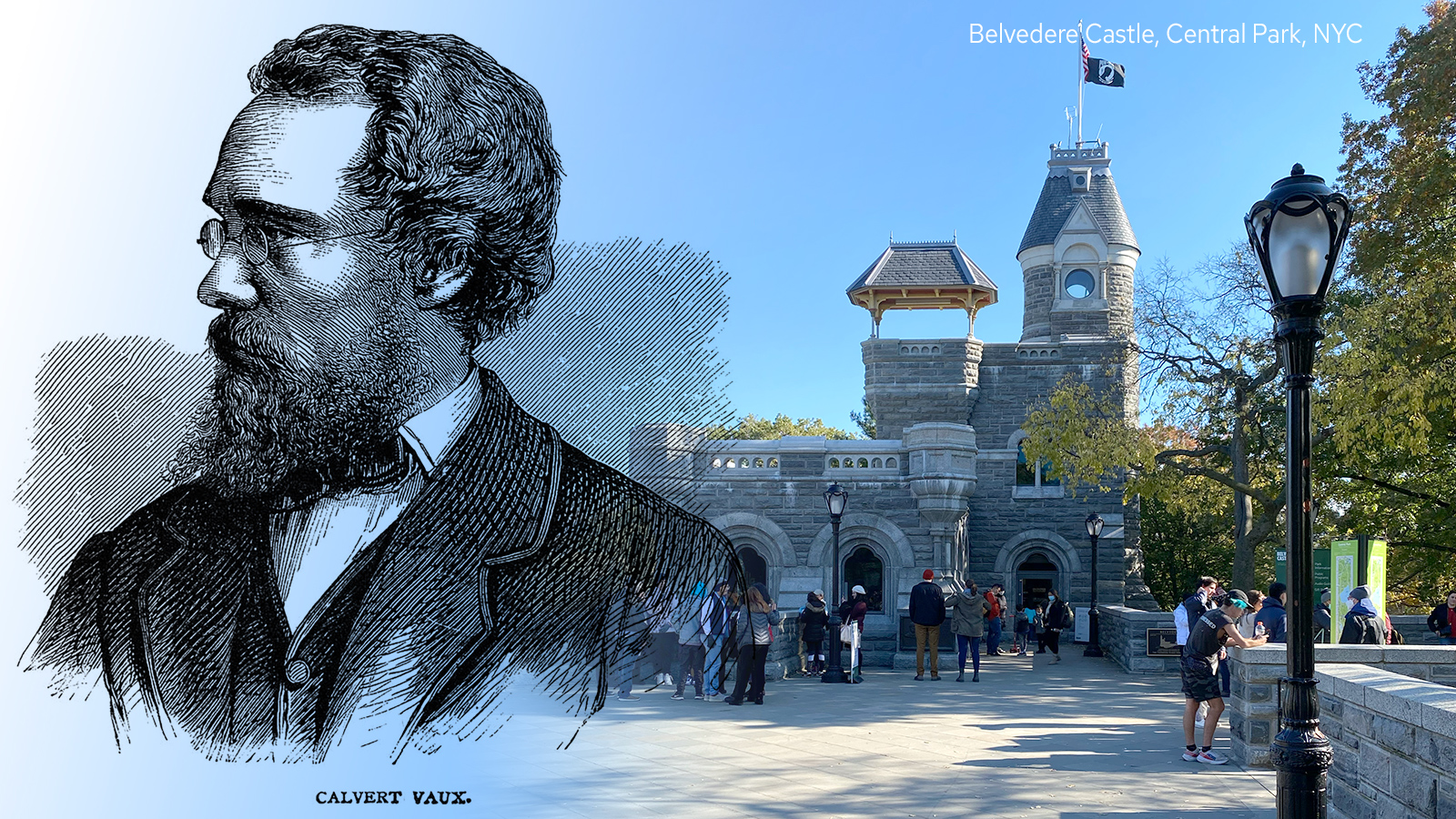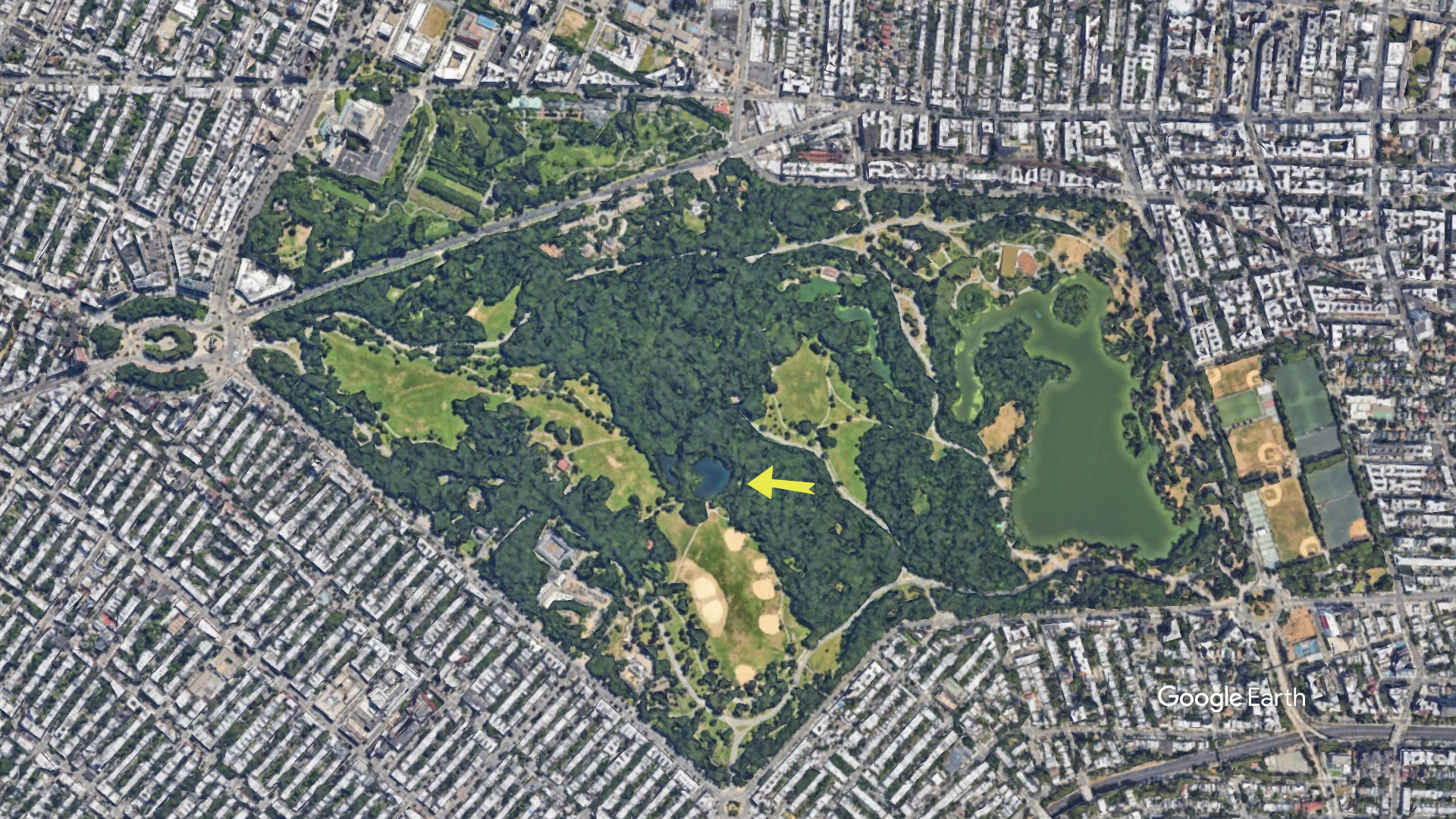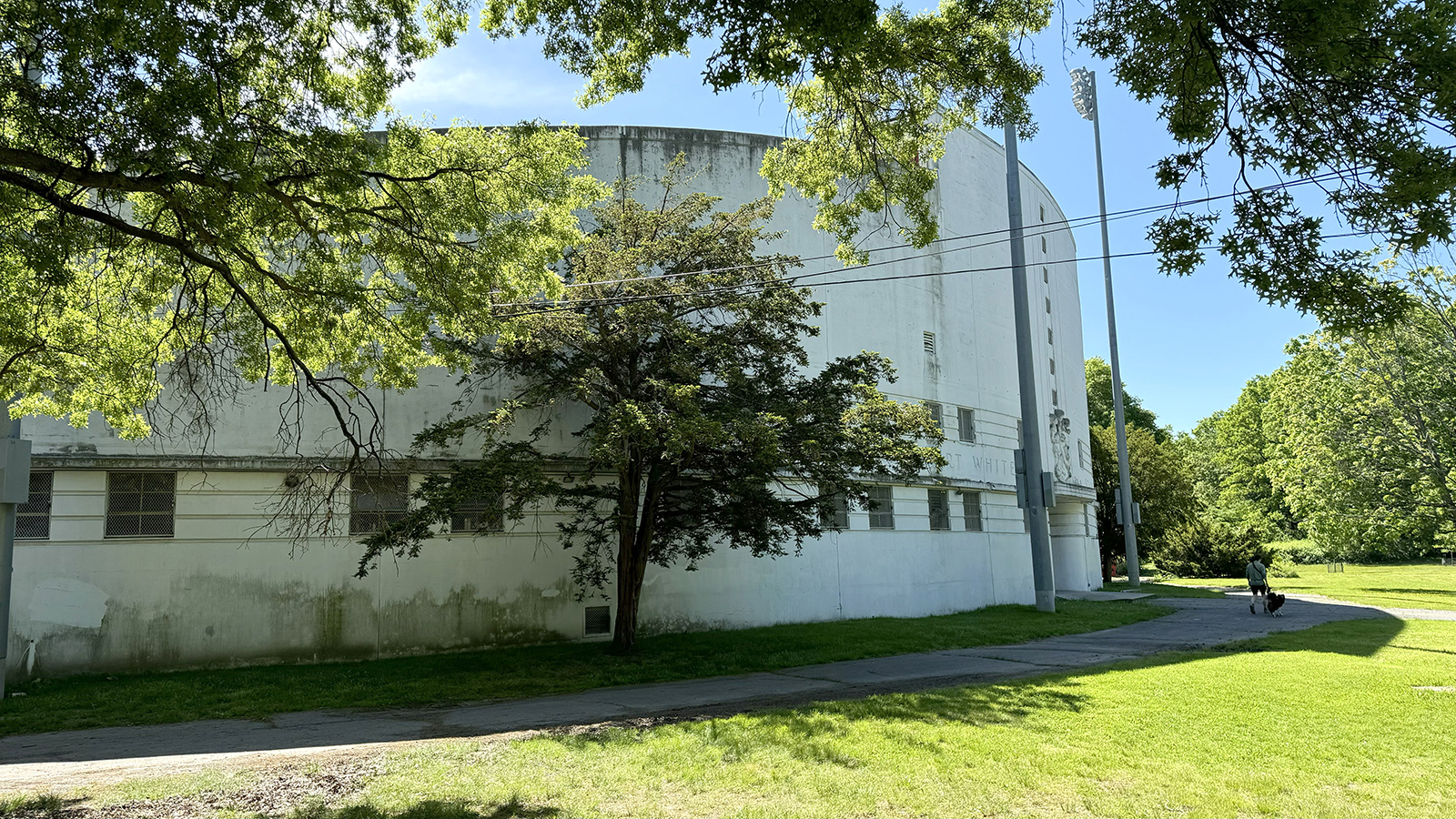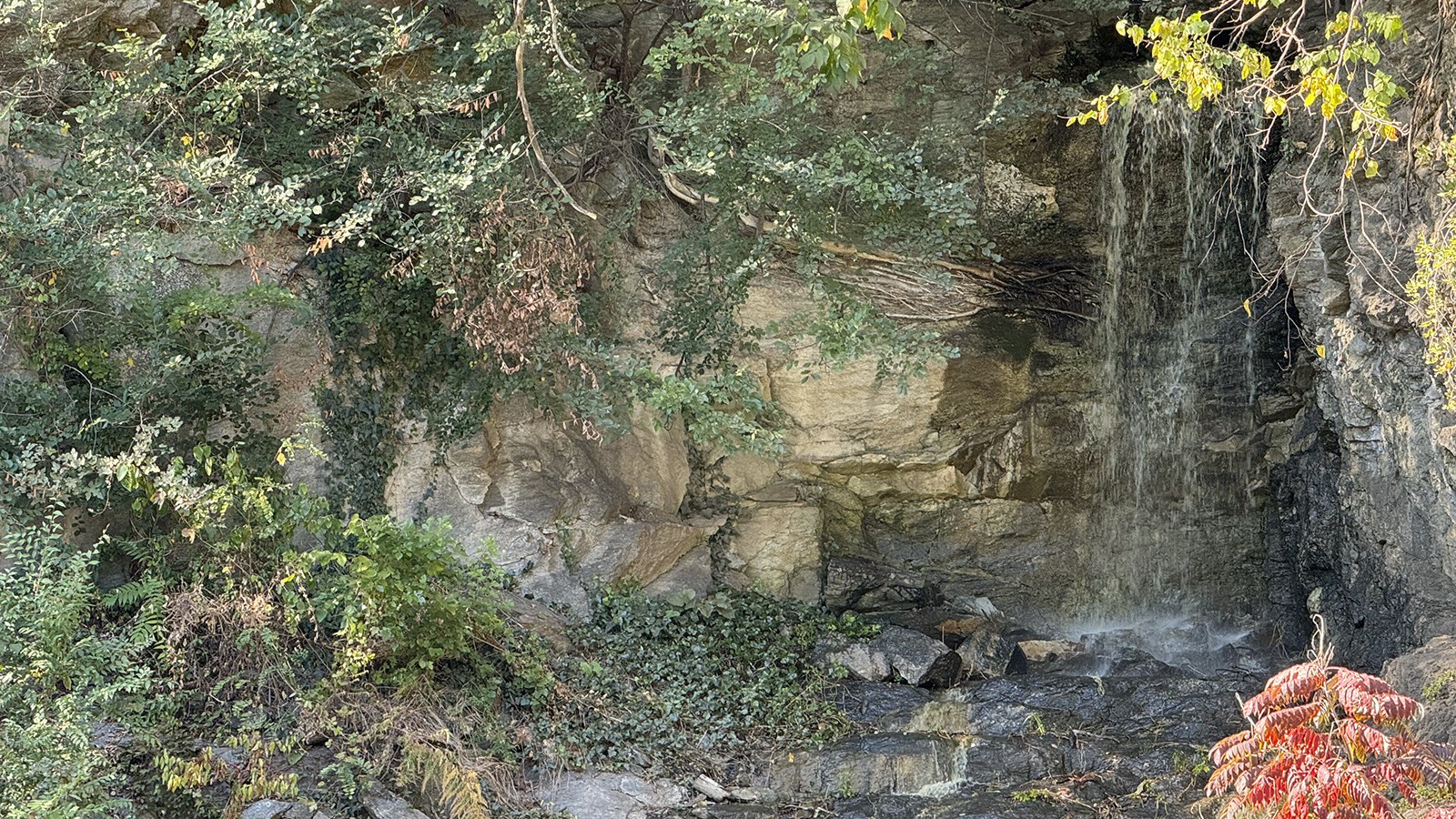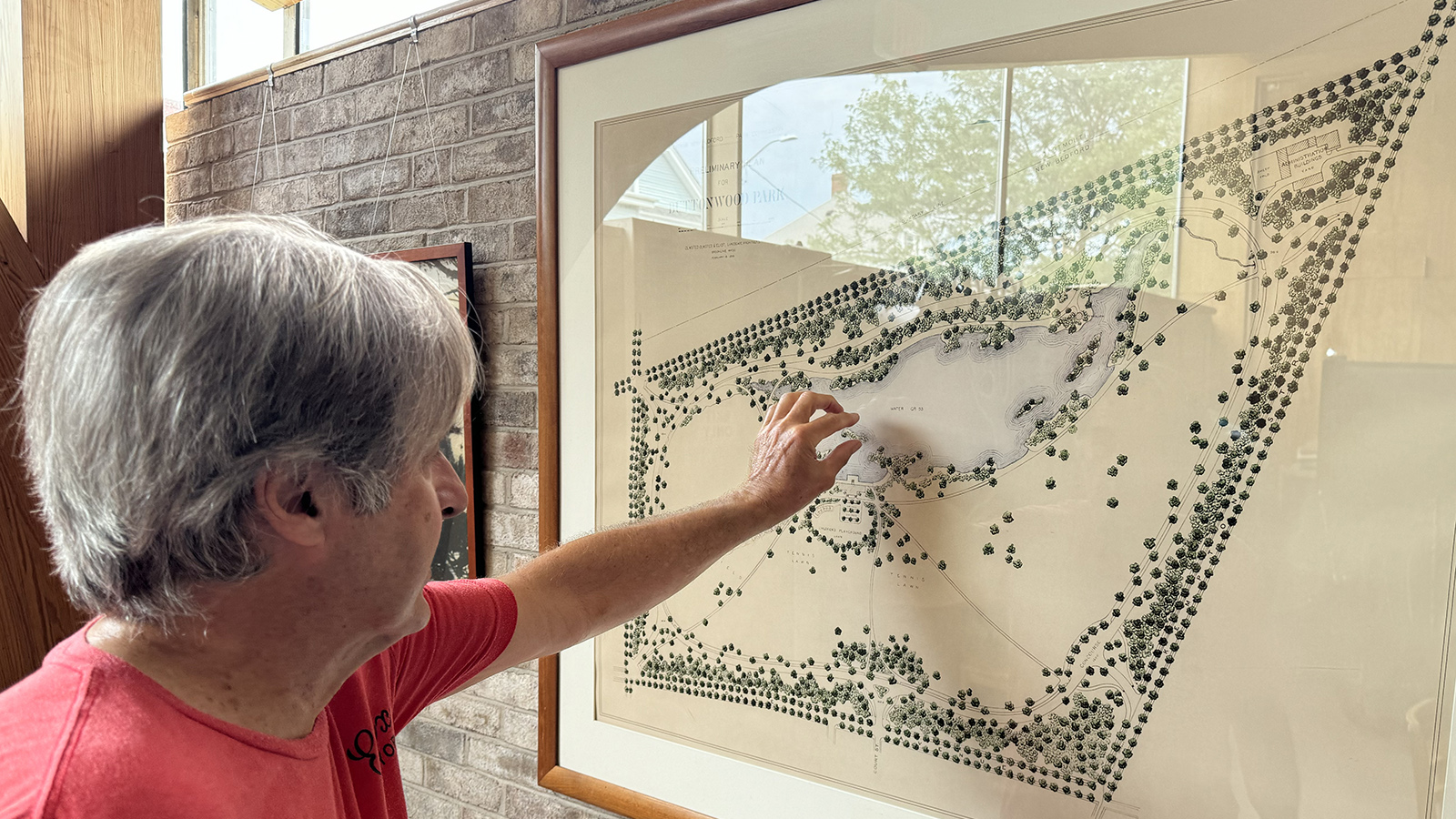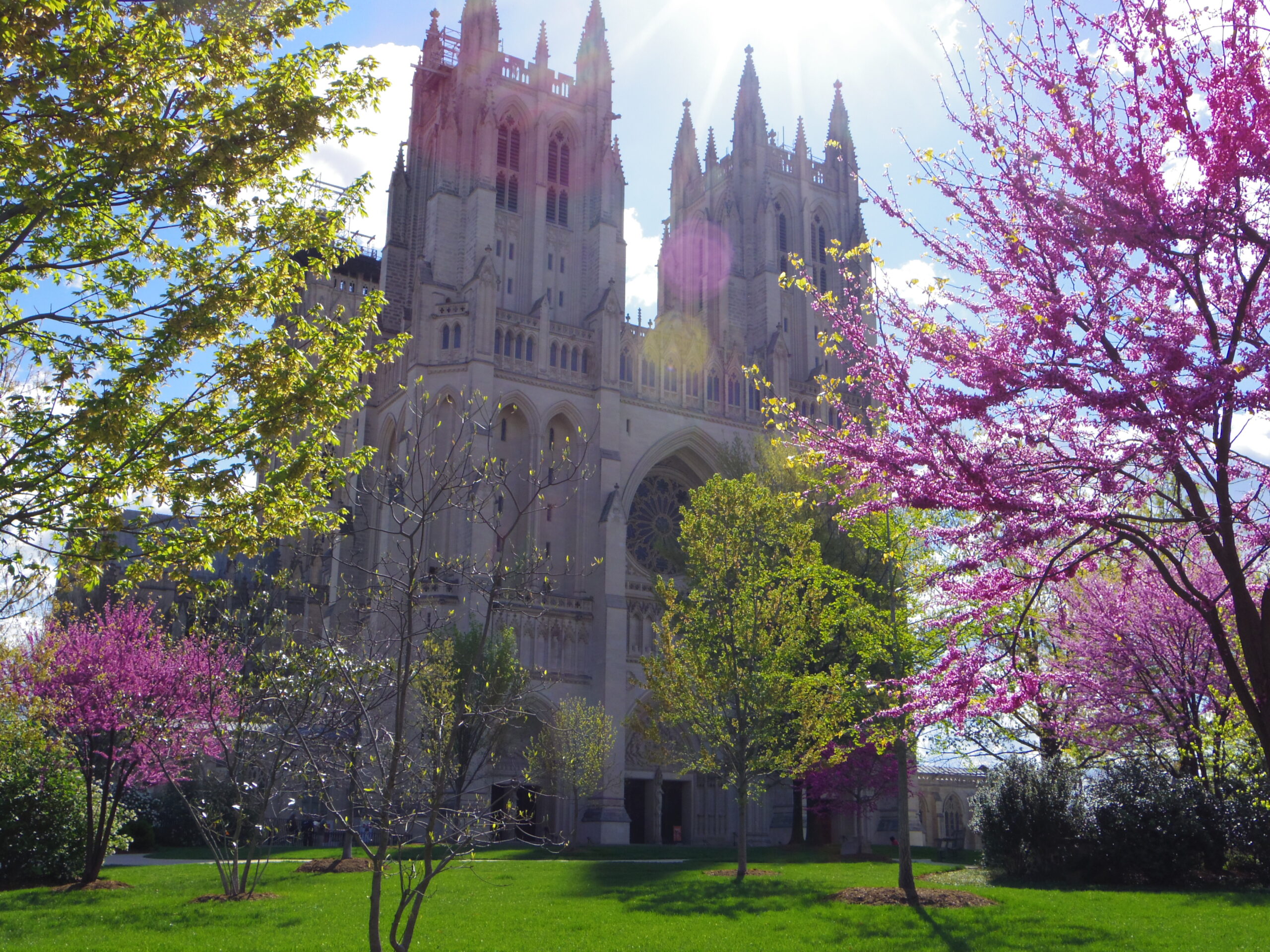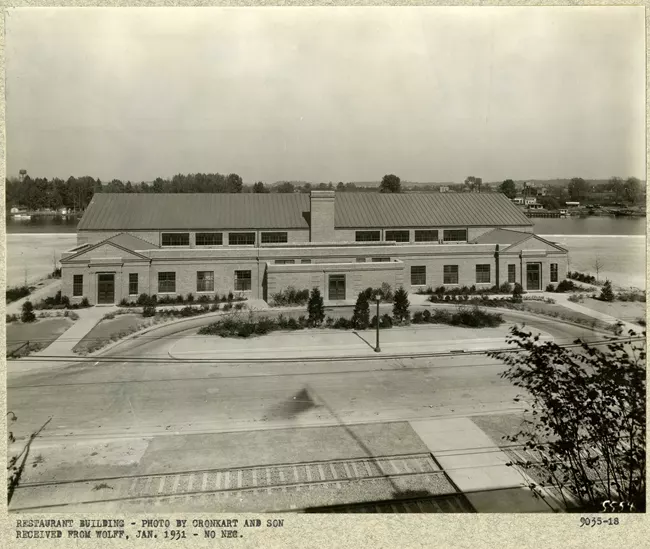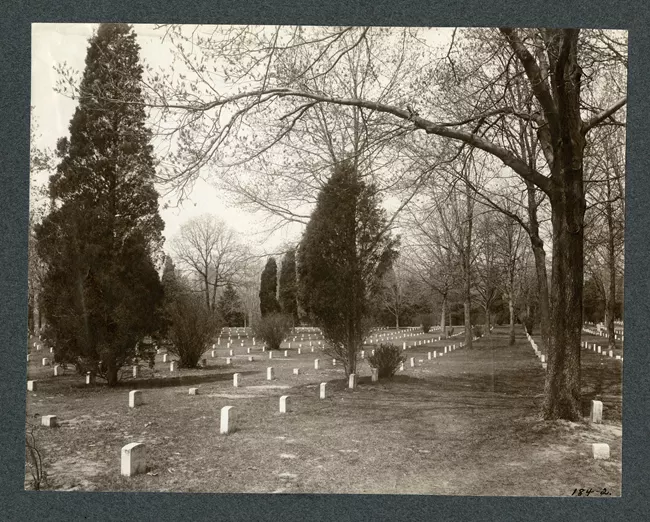
While the Olmsted firm provided designs for the settings of monuments of all types — in parks, public squares and other locations — the majority of the 275 projects (approximately 200 with at least one plan) in this thematic category relate to cemeteries and to individual burial lots, with the latter predominating. Most of these commissions took place in the 1920s. Designing landscaped grounds for the final resting places for many clients was an appropriate extension of the Olmsted firm’s work, as the home grounds, businesses and philanthropic endeavors of many of these individuals or families had been similarly graced by the Olmsted landscape aesthetic. Likewise, many of the monument and memorial projects not involving cemeteries were the result of work done on other commissions. In particular, the prominence of Frederick Law Olmsted Jr. in the emerging discipline of city planning and his work for the Fine Arts Commission in Washington, D.C., especially after World War I, brought clients to the firm seeking tasteful solutions or redesigns for civic memorials.
The Olmsted firm designed very few cemeteries as complete, separate new projects. Frederick Law Olmsted set forth his concerns about cemeteries in his 1865 Preface to the Plan for Mountain View Cemetery, Oakland, CA. For him there was an inherent conflict in creating a place of suitable expression of “those feelings, sentiments and aspirations which religion and civilization make common to all in the presence of the dead” and achieving his ideal of landscape beauty where the ground was of necessity “cut up” into small divisions. As he later wrote to English landscape gardener William Robinson, “[I]f art should do anything in a place of rest for our dead it should produce an impression of restfulness…. I do not think I could lay out a burial place without making conditions about monuments such as I fear few but Quakers would be willing to accept.”
Mountain View Cemetery in Oakland, California, was the major project of this sort that Olmsted undertook, beginning in 1864, with subsequent design work by the Olmsted Brothers in the 1940s. Among the examples of Olmsted Brothers cemetery projects were Hillside Cemetery in Torrington, Connecticut, and North Purchase Cemetery in Attleboro, Massachusetts. After World War II, the firm designed the American Military Cemetery in Cambridge, England. The later firm of Olmsted Associates designed Puritan Lawn Memorial Park, in West Peabody, Massachusetts, a project that had started during the Depression but was fully developed in the late 1950s-1960s.
However, most of the Olmsted firm’s work involved improvements or additions to existing landscapes, some of these being nineteenth century rural cemeteries, which required expansion or accommodation to meet twentieth century needs, such as automobiles. The firm made extensive additions to the Memorial Cemetery of Saint John’s Church (listed as Saint John’s Memorial Cemetery) in Cold Spring Harbor and to Locust Valley Cemetery, both on Long Island, New York; to Pittsfield Cemetery in Pittsfield, Massachusetts; to Kingsport Cemetery in Kingsport, Tennessee; and to the Charles Evans Cemetery in Reading, Pennsylvania. The firm also designed private cemetery grounds or tombs for several of their prominent clients such as the Kohler family in Kohler, Wisconsin; the Vanderbilt family in New Dorp on Staten Island, New York; and the Rockefeller family at Pocantico, New York, (listed as Tarrytown). In some cases, these projects are incorporated under the residential estate job number, rather than being listed as a separate project. Likewise, there are cemetery grounds incorporated into some of the Olmsted Brothers’ campus planning, such as that for Phillips Academy in Andover, Massachusetts, and for Mount Holyoke College in South Hadley, Massachusetts.
As John Charles Olmsted wrote in a series of articles in Garden & Forest published in 1888, cemeteries should be spaces set apart for the prime purpose of memorializing the dead in a respectful, contemplative setting. The Olmsted design credo of integrated whole compositions subordinating component elements, such as structures, within the landscape’s comprehensive aesthetic was particularly challenged to create an artistic unity over all the heterogeneous individual units inevitable in a cemetery. Using plant groupings and working within topographic irregularities wherever possible, firm employees shaped burial lots into individual family “rooms” for dignified privacy, best exemplified by the lots for prominent clients such as the De Forests, the Coes, J. P. Morgan and others in the Long Island cemeteries, including those at Cold Spring, Cold Spring Harbor and Locust Valley.
In a similar fashion, the Olmsted work for civic monuments and memorials involved the integration of the various structures into appropriate settings, either as individual focal units or within a park landscape. Some of this work involved statuary settings, such as the War Memorials at Capron Park in Attleboro, Massachusetts, and the Francis Scott Key Monument in Baltimore, Maryland. Other projects concerned the surrounds of prominent structures as in the Masonic Memorial to George Washington in Alexandria, Virginia, and the Laura Spelman Rockefeller Memorial at Great Smoky Mountains National Park in Gatlinburg, Tennessee. Moreover, not all memorial projects are listed in this thematic category (e.g., Memorial Hall in North Easton, Massachusetts, which is listed in the category Grounds of Public Buildings), so research inevitably involves making creative links to associated categories and projects.




